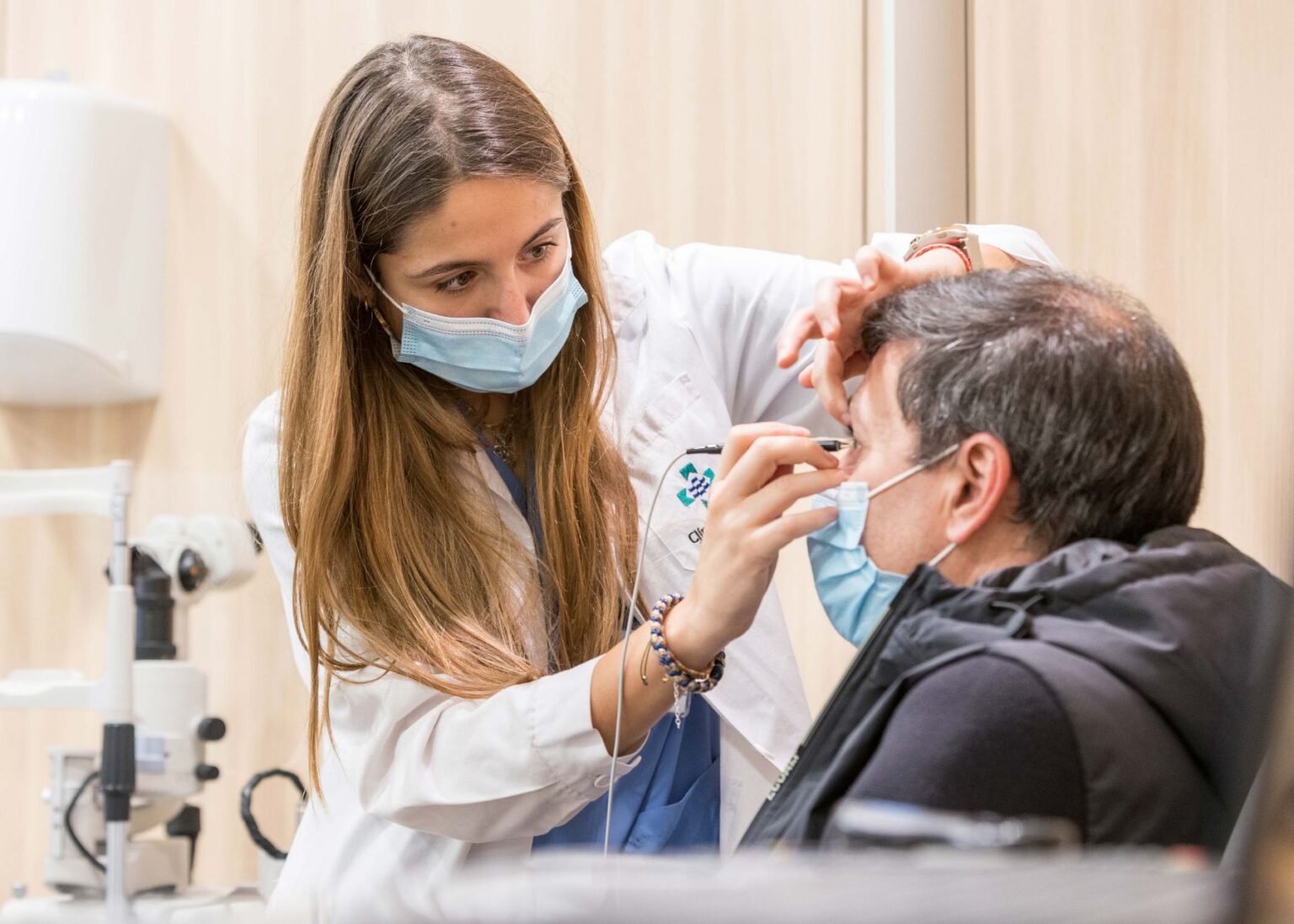Orbital trauma refers to injuries that affect the eye socket, which is the bony cavity that surrounds and protects the eye. These injuries can be caused by a direct impact to the eye or face, such as a punch, a traffic accident, a fall, or an object penetrating the orbit. As a result, these injuries can lead to damage to various tissues and structures within the orbit, including the bones, muscles, nerves, blood vessels, and the eyeball itself.
Causes that may lead to it:
As mentioned, these traumas are primarily caused by direct impacts to the eye or face. Some of the most common causes include:
- Traffic accidents
- Physical assaults
- Falls
- Sports accidents
- Injuries from sharp or penetrating objects
- Explosions
Symptoms:
Symptoms can vary depending on the severity of the injury and the structures affected. Some of the most common symptoms include:
- Intense pain in the eye or face
- Swelling and bruising around the eye
- Double vision (diplopia)
- Vision loss (in severe cases)
- Conjunctival bleeding (hemorrhage in the white part of the eye)
- Protrusion of the eyeball (exophthalmos)
- Nausea and vomiting
- Dizziness
- Loss of sensation in the faca
Types of injuries:
Orbital trauma can lead to various types of injuries, such as:
- Fractures of the orbital bones: These can affect the shape and integrity of the orbit, causing pain, deformity, and vision problems.
- Hemorrhages: These may be retrobulbar (behind the eyeball) or subconjunctival (in the white part of the eye). Severe hemorrhages can increase pressure within the orbit and damage the optic nerve.
- Muscular injuries: These can affect the muscles that control eye movement, causing diplopia, ptosis (drooping eyelid), and strabismus (misalignment of the eyes).
- Nerve injuries: These may affect the optic nerve, trigeminal nerve, or other cranial nerves, leading to vision loss, facial pain, numbness, or muscle paralysis.
- Eyeball injuries: In severe cases, trauma can cause direct damage to the eyeball, such as ruptures of the cornea, lens, or retina.
Diagnosis and treatment:
To make an accurate diagnosis, a complete ophthalmological examination is conducted, which includes careful observation of the eyes and face, vision tests, imaging tests such as X-rays, computed tomography (CT), or magnetic resonance imaging (MRI), and, in some cases, visual field tests and electroretinography.
Therefore, the treatment of orbital trauma will depend on the severity and type of injury. In mild cases, rest, the application of cold compresses, and pain relievers or anti-inflammatory medications may be sufficient. However, in more severe cases, surgical intervention may be necessary to repair bone fractures, control bleeding, decompress the optic nerve, or repair damage to the eye .



